We excel at taking information and placing it on products and packaging. And our interactive production line interface showcases how our best-in-class labeling and coding solutions can benefit and boost your packaging operations. Whether you're … [Read More...] about Test Drive Our Interactive Production Line Featuring ProMach Labeling & Coding Solutions
Main Content
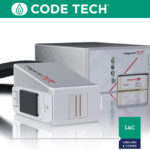
GS1 Digital Link – Simple Printing With Code Tech RAZR
After remaining static for five decades, retail barcoding is set for a significant upgrade. GS1's Sunrise 2027 will introduce data-rich 2D barcodes to replace traditional UPCs, benefiting brands, retailers, and consumers. The new GS1 Digital … [Read More...] about GS1 Digital Link – Simple Printing With Code Tech RAZR
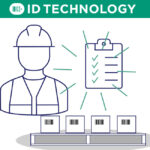
What Do Your Labels Really Cost?
When you consider the cost of the labels you're buying to apply to your products and packaging, it's not just the cost of the labels themselves. Additional factors contribute to the overall investment you're making and can have an unforeseen impact … [Read More...] about What Do Your Labels Really Cost?

Pack Expo Las Vegas 2023
Are you going to attend PACK EXPO in Las Vegas? If you are, you'll find answers to all your labeling and product coding questions at booth C-3414. We will show our latest solutions to enhance your productivity and ensure compliance with … [Read More...] about Pack Expo Las Vegas 2023

Labeling Upgrade Ensures Barcode Compliance
Renfro Foods started its business in Fort Worth, TX back in 1940, selling products from Mr and Mrs Renfro's house for the first years before investing in a dedicated building. Today, Mrs. Renfro's salsa is well known as being some of the best … [Read More...] about Labeling Upgrade Ensures Barcode Compliance
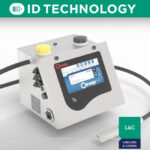
Modularity and Simplicity – Citronix CIJ Printer
Continuous inkjet (CIJ) is the best-selling technology for adding date and production codes to various products and packaging. Many companies in the product coding space manufacture or sell CIJ printers. At ID Technology, we are the exclusive … [Read More...] about Modularity and Simplicity – Citronix CIJ Printer
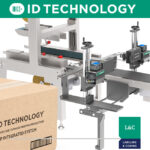
Integrated Case Taping and Printing
Two applications found on many packaging lines are the need to correctly seal the shipping cases after loading the products and then add the GS1 barcodes and other information needed for industry and customer compliance. For some time, ID … [Read More...] about Integrated Case Taping and Printing
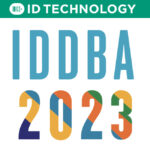
IDDBA 2023
The International Deli Dairy Bakery Association (IDDBA) is hosting its 2023 event at the Anaheim Convention Center in Anaheim, California, June 4 - 6. We are exhibiting at Booth 1139 with labeling and coding solutions from our ID Technology, … [Read More...] about IDDBA 2023
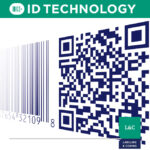
Are You Ready for GS1 Digital Link?
For nearly 50 years, UPC barcodes have been a staple of the retail industry. While the underlying data associated with the barcodes printed on everything we purchase (using the encoded Global Trade Item Number - GTIN) has become really powerful, … [Read More...] about Are You Ready for GS1 Digital Link?
More Articles
Solutions from Pro Mach

Integrated Case Taping and Printing
Two applications found on many packaging lines are the need to correctly seal the shipping cases after loading the products and then add the GS1 barcodes and other information needed for industry and customer compliance. For some time, ID … [Read More...] about Integrated Case Taping and Printing
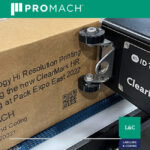
Can Late-Stage Customization Help Your Business?
What on earth is late-stage customization in packaging? If your company packages anything that has a date or lot code, or maybe a barcode printed at the time of packaging, you are probably using late-stage customization techniques already. A … [Read More...] about Can Late-Stage Customization Help Your Business?
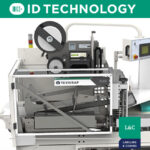
Packaging and Labeling for E-commerce
With e-commerce becoming more and more important, it is vital that the demanding needs of consumers are met for labeling solutions in an industrial landscape. Among these are: In the last couple of years, there has been a move away from the … [Read More...] about Packaging and Labeling for E-commerce






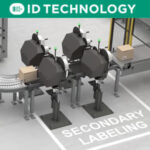
 Labeling & Coding News is the online industry insider from ID Technology, EPI , Panther, Greydon, and Code Tech Labeling & Coding product brands of ProMach.
Labeling & Coding News is the online industry insider from ID Technology, EPI , Panther, Greydon, and Code Tech Labeling & Coding product brands of ProMach.